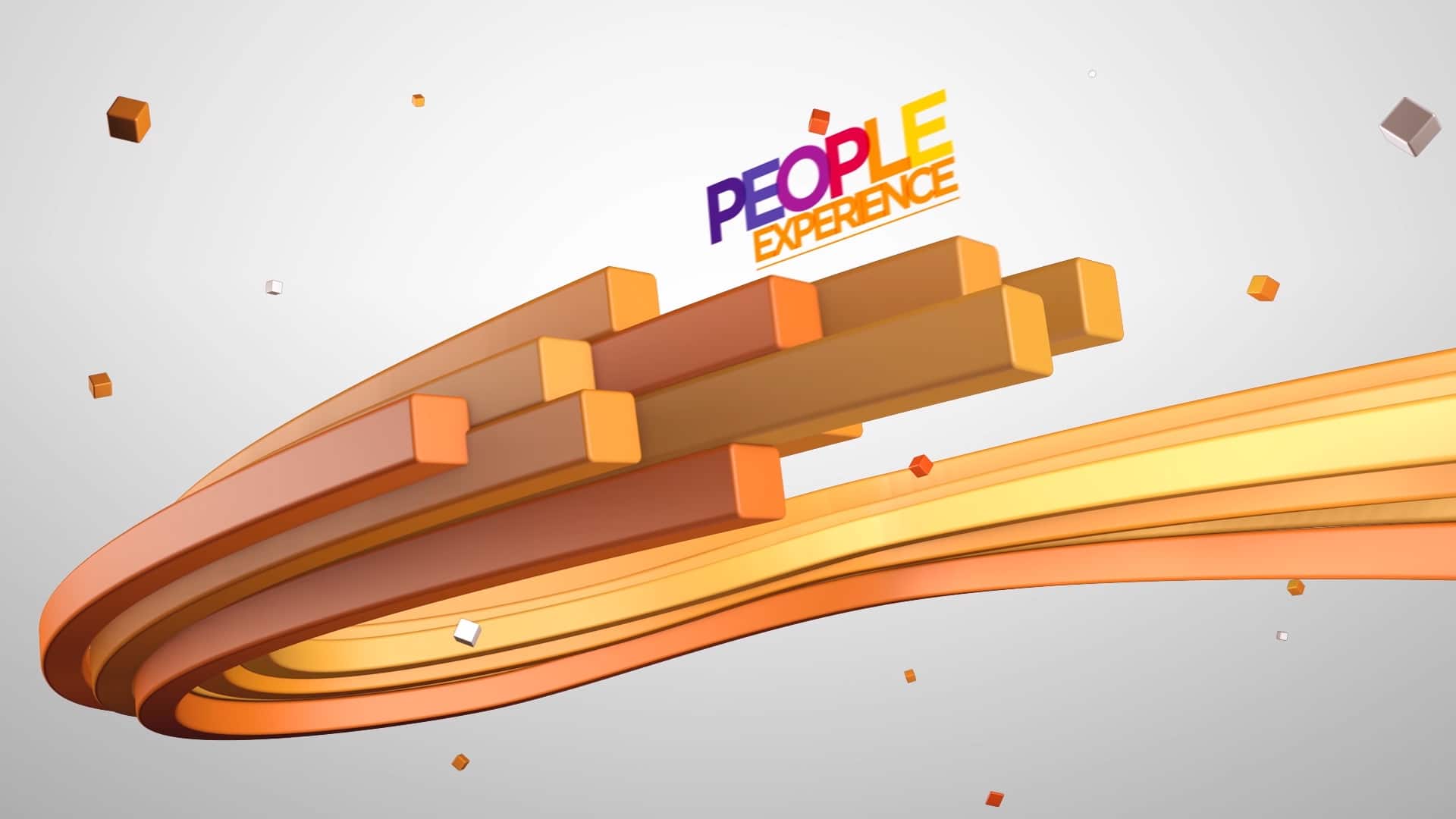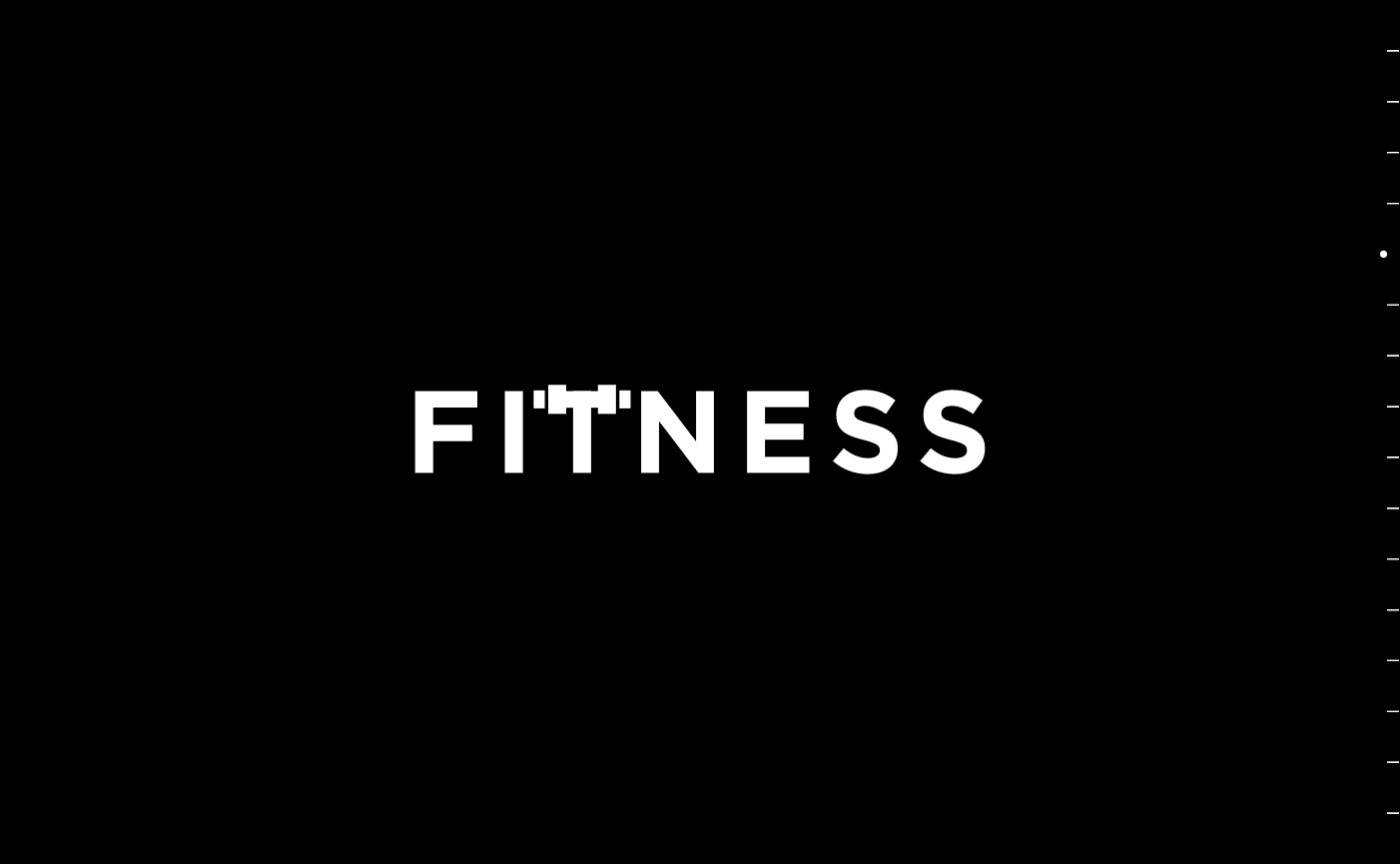The Future of Motion Graphics: Predictions and Trends
Motion graphics have become an integral part of many design projects, from advertising and marketing to film and television. As technology advances and creative possibilities expand, the future of motion graphics is constantly evolving. In this article, we will explore some of the predicted trends and innovations that are shaping the future of motion graphics.
Interactive Motion Graphics

Interactive motion graphics refer to animations that respond to user input, creating an engaging and dynamic experience. This type of motion graphics is used in a variety of settings, including websites, mobile apps, and digital advertisements.
Interactive motion graphics often involve user interactions such as clicking, swiping, or scrolling. These interactions trigger animations, visual effects, or changes in the design that make the experience more immersive and engaging. This approach is particularly effective for explaining complex concepts, storytelling, and creating memorable brand experiences.
To create interactive motion graphics, designers typically use a combination of software tools, such as Adobe After Effects, Adobe Animate, and HTML5. They also need to have a solid understanding of UX design principles and animation techniques.
The benefits of using interactive motion graphics include increased user engagement, improved brand recognition, and better retention of information. Interactive motion graphics can also be used for gamification, creating fun and interactive experiences that encourage user participation.
To ensure the success of an interactive motion graphics project, it is important to conduct thorough user research and testing. This helps to identify user needs and preferences, as well as potential issues that may affect the user experience.
3D Motion Graphics

3D motion graphics is a type of animation that involves the use of three-dimensional graphics and objects to create motion graphics. Unlike traditional 2D motion graphics, 3D motion graphics can give a sense of depth and realism, which makes them ideal for creating animations for video games, movies, and other media.
There are various techniques and tools used for creating 3D motion graphics, including modeling, texturing, rigging, and animation. Some popular software used in 3D motion graphics include Cinema 4D, Maya, 3D Studio Max, and Blender.
When creating 3D motion graphics, it’s important to keep in mind the principles of design, including composition, color, and typography. These elements can help to create a visually appealing and effective animation.
In recent years, there has been a growing demand for 3D motion graphics in various industries, including advertising, entertainment, and education. As technology continues to advance, it’s likely that 3D motion graphics will become even more advanced and widely used in the future.
Personalized Motion Graphics

Personalized motion graphics are an innovative way to connect with your audience on a more personal level. By customizing the visuals and messaging of your motion graphics, you can create a more engaging and memorable experience for your viewers.
In this article, we’ll explore the concept of personalized motion graphics and how they can benefit your brand. We’ll also provide some tips on how to create effective personalized motion graphics.
What are Personalized Motion Graphics?
Personalized motion graphics are motion graphics that are customized to meet the specific needs and preferences of individual viewers. This can be done by incorporating the viewer’s name, location, or other personal information into the graphics.
Personalized motion graphics are becoming increasingly popular as brands look for new ways to engage with their audiences. By making your motion graphics more personal, you can create a deeper connection with your viewers and increase the chances of them engaging with your brand.
Benefits of Personalized Motion Graphics
There are several benefits to using personalized motion graphics for your brand. These include:
- Increased Engagement: Personalized motion graphics are more likely to capture the attention of viewers and keep them engaged for longer.
- Improved Brand Perception: Personalized motion graphics show that your brand is invested in creating a more personal connection with its audience, which can improve brand perception.
- Higher Conversion Rates: Personalized motion graphics can increase conversion rates by providing a more targeted and personalized message to your viewers.
Tips for Creating Effective Personalized Motion Graphics
Here are some tips for creating effective personalized motion graphics:
- Use Data Wisely: Use data to inform your personalized motion graphics, but don’t rely on it too heavily. Remember that your audience is made up of individuals, and not all of them will fit into the same category.
- Keep it Simple: Personalization doesn’t have to be complicated. Something as simple as incorporating the viewer’s name into the graphics can be effective.
- Be Creative: Use personalized motion graphics as an opportunity to be creative and stand out from your competition.
- Test and Iterate: Test your personalized motion graphics with different audiences and iterate based on their feedback.
Immersive Motion Graphics

Immersive motion graphics are a type of motion graphics that use cutting-edge technology to create a more immersive and interactive experience for the viewer. These types of motion graphics often incorporate elements such as virtual reality, augmented reality, and 360-degree video to create a fully immersive environment.
Creating immersive motion graphics requires a combination of technical skill, creativity, and an understanding of how to use technology to enhance the viewer experience. Here are some key elements to consider when creating immersive motion graphics:
- Interactivity: Immersive motion graphics should be interactive, allowing the viewer to interact with the environment and influence the outcome of the experience. This could be through the use of motion sensors, touch screens, or other interactive elements.
- Storytelling: Immersive motion graphics should also tell a story, whether that be through a narrative, a series of visuals, or an interactive experience. The story should be engaging and help to draw the viewer into the immersive environment.
- Technology: Immersive motion graphics often require the use of cutting-edge technology such as virtual reality headsets, augmented reality apps, and 360-degree cameras. It’s important to have a strong understanding of these technologies and how to use them to create the desired effect.
- Design: Design is key when creating immersive motion graphics, as it can greatly impact the viewer experience. It’s important to create visually stunning graphics that are easy to navigate and understand, while also being visually engaging and immersive.
- Collaboration: Creating immersive motion graphics often requires collaboration between designers, developers, and other experts in various fields. It’s important to have a strong team in place to ensure that all elements are working together seamlessly.
Real-time Motion Graphics
Real-time motion graphics refer to animations or graphics that are generated on the fly, rather than being pre-rendered. Real-time motion graphics are commonly used in interactive media, such as video games and live events, to create immersive and responsive visual experiences.
Artificial Intelligence and Motion Graphics

Artificial Intelligence (AI) is changing the world in countless ways, and the field of motion graphics is no exception. With the ability to analyze data and identify patterns, AI is helping motion designers create new and innovative visual effects.
One of the most significant impacts of AI on motion graphics is the ability to automate certain tasks. For example, AI-powered tools can analyze video footage and automatically track objects, eliminating the need for manual tracking. This can save designers a significant amount of time and effort, allowing them to focus on more creative tasks.
AI is also being used to create more realistic and immersive motion graphics. For example, AI algorithms can analyze real-world physics and apply them to virtual objects, creating more natural movements and interactions. This can help create more engaging and believable animations and simulations.
Another area where AI is having an impact is in the creation of personalized and interactive motion graphics. With the ability to analyze user data, AI can create personalized animations and visualizations that are tailored to individual users. Additionally, AI-powered tools can create interactive motion graphics that respond to user input, creating a more engaging and immersive experience.
As AI technology continues to advance, we can expect to see even more exciting developments in the field of motion graphics. From automated tasks to personalized and interactive animations, the possibilities are endless.
Minimalistic Motion Graphics
Minimalistic motion graphics, also known as minimal motion design, is a design style that emphasizes simplicity and uses a minimal amount of elements to create a visually striking composition. The aim of minimalistic motion graphics is to convey the intended message with minimal distraction, using only the essential elements needed to convey the message.
Minimalistic motion graphics often use clean lines, geometric shapes, and limited color palettes to create a sense of order and simplicity. By focusing on essential elements, minimalistic motion graphics can be effective in capturing the viewer’s attention and conveying a message quickly and effectively.
The use of minimalistic motion graphics has been on the rise in recent years, with designers utilizing this style to create a wide range of content, from explainer videos to product promos. In addition, minimalistic motion graphics can be used to enhance user experience, such as in website design or in the creation of user interfaces.
Animated Typography

Animated typography, also known as kinetic typography, is the art of animating text in a way that adds visual interest and enhances the overall message of a design project. By adding movement and animation to typography, designers can create engaging visuals that capture the attention of viewers and communicate important information in a more dynamic way.
Animated typography can take on many different forms, from simple text animations that highlight individual words or phrases, to more complex motion graphics that incorporate typography into a larger design concept. Some common techniques used in animated typography include keyframe animation, masking, and motion blur, among others.
When designing with animated typography, it’s important to keep in mind the overall tone and message of the project. The animation should enhance the message, not distract from it. It’s also important to consider the audience and the medium in which the animation will be viewed, as this can impact the style and format of the animation.
Incorporating animated typography into a design project can add a level of creativity and visual interest that static typography cannot achieve. By using movement and animation to draw attention to key messages, designers can create more memorable and impactful designs that leave a lasting impression on viewers.
Kinetic Logos and Branding
Kinetic logos and branding refer to the use of motion graphics and animation to bring a brand’s visual identity to life. By incorporating movement and dynamic effects into a logo, brand mark, or other visual elements, designers can create a more engaging and memorable brand experience for customers.
Kinetic logos and branding can take many forms, from subtle animations that add a touch of life to a static logo, to more complex motion graphics that fully reimagine a brand’s visual identity. Some popular examples of kinetic logos and branding include:
- Animated logos that feature moving elements, transitions, or transformations
- Interactive branding experiences that allow users to engage with a brand’s visual identity through gestures or other inputs
- Motion graphics that visualize a brand’s messaging or core values through dynamic effects and animation
Kinetic logos and branding can be especially effective for brands that want to stand out in a crowded marketplace and create a strong emotional connection with their audience. By using animation and motion graphics in creative and unexpected ways, designers can help a brand capture attention and convey its personality, values, and story more effectively than static imagery alone.
Some potential benefits of using kinetic logos and branding include increased brand recognition, improved user engagement and retention, and enhanced storytelling capabilities. However, it’s important to balance these benefits with considerations around usability, accessibility, and technical feasibility, as overly complex or resource-intensive animations can have a negative impact on user experience.
Hybrid Motion Graphics and Live-action
Hybrid motion graphics and live-action is a popular trend in the world of video production and motion graphics. It involves the combination of live-action footage with animated or motion graphics elements to create a visually stunning and engaging video.
There are several benefits of using hybrid motion graphics and live-action in video production. Firstly, it allows you to showcase your brand in a unique and memorable way. By combining live-action footage with motion graphics, you can create a cohesive brand image that is both visually striking and informative.
Secondly, it offers a level of versatility that is not available with either live-action or motion graphics alone. By combining the two, you can create a wide range of visual styles and effects, from realistic to surreal and everything in between.
To create effective hybrid motion graphics and live-action videos, it is important to carefully plan and storyboard your ideas. This involves deciding on the overall style and tone of your video, as well as the specific elements you want to include, such as typography, color schemes, and special effects.
You will also need to consider the technical aspects of video production, such as lighting, camera angles, and sound design. By paying attention to these details, you can create a seamless and immersive viewing experience for your audience.
Some popular examples of hybrid motion graphics and live-action in video production include movie title sequences, commercials, and promotional videos for products and services.
If you are interested in incorporating hybrid motion graphics and live-action into your video production, it is important to work with a skilled and experienced team of professionals who can help bring your vision to life.
